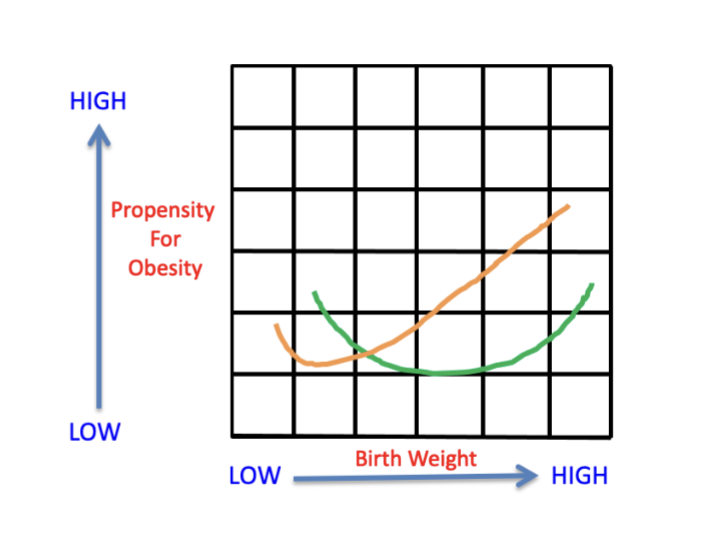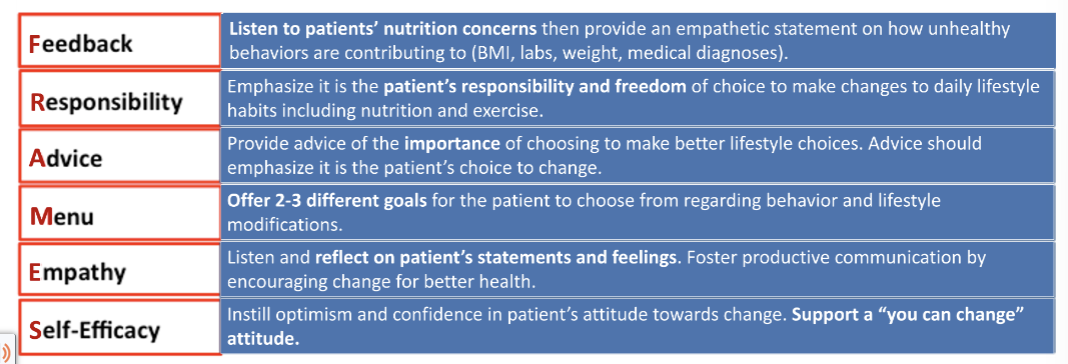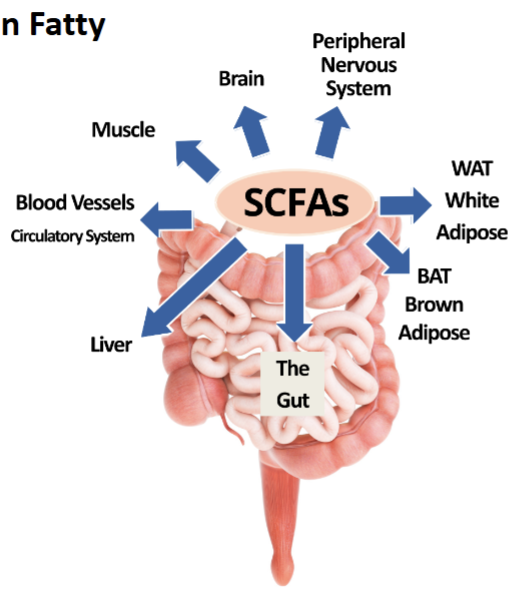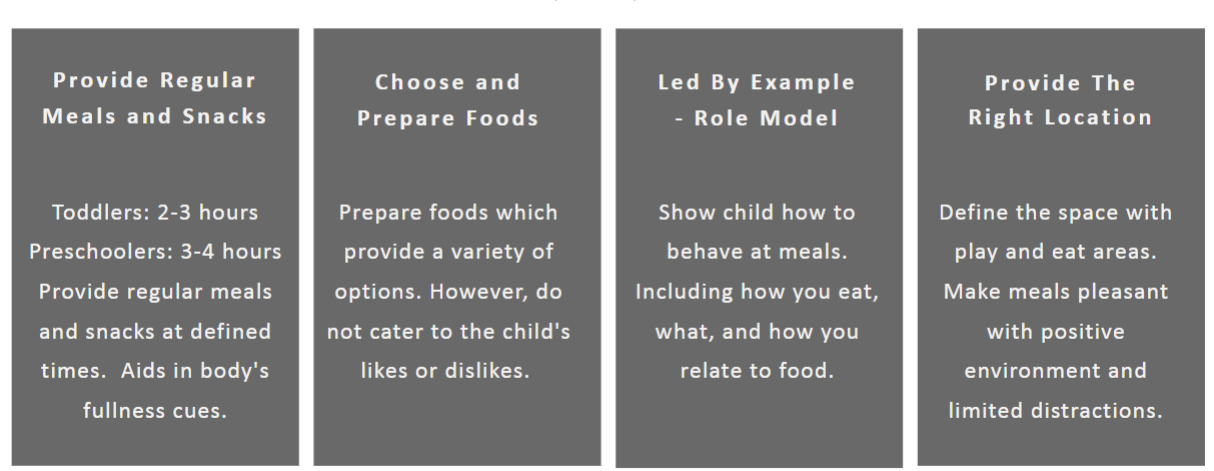nutr 320 module 6
1/33
Earn XP
Description and Tags
maternal weight gain and childhood obesity
Name | Mastery | Learn | Test | Matching | Spaced |
|---|
No study sessions yet.
34 Terms
Is childhood obesity complex?
Yes! There are many times of elements associated with maternal diet, childhood feeding patterns, socio economic status and school lunch programs!
How is childhood obesity determined?
BMI - the measure used to define overweight and obesity (over the age of 2)
For the children due to active growth, the childhood bmi changes substantially as children age.
in the us, the 85th and 95th percentiles of bmi for age and sex plotted on the CDC growth charts have been recommend for BMI determination
What are the BMI categories?
85th to less than 95th percentile: overweight
95th percentile or greater: obese
3. Less than 5th percentile: underweight
What are the suggested environmental contributors to childhood obesity?
television and media
marketing of unhealthy foods
limited access to healthy affordable foods
lack of physical activity
higher consumption of sugar beverages
increased portion sizes

What is the J or U-shaped curve of birth weight is a marker of what?
it is a marker of fetal nutritional exposure and the tendency to developed adult-onset obesity
What are the 4 parental interpretations?
• Recognize the overweight or obese child
• Associated health problems
• Misclassification of a child's weight
• Motivational Interviewing can be used to
modify the dietary behavior of high-risk
parents and their children
what does the FRAME model encourage?
It encourages motivational interviewing and incorporates change statements regarding their lifestyle choices.
What does FRAME stand for and what does each letter mean?
Feedback, Responsibility, Advice, Menu, Empathy, Self efficacy

What are the maternal parameters that impact the infant?
Mother's BMI (gestational weight gain)
Mother's Pre-pregnancy weight gain (BMI)
Quality of Mother's Diet Intake during gestation
What is the fetal development timeline?
first trimester = 1-3 months = 1-4,5-8,9-13 weeks
second trimester = 4-6 months = 14-17, 18-21, 22-26 weeks
third trimester = 7-9 months = 27-30, 31-35, 36-40 weeks
If a Monther was underweight (BMI<18.5), how much is weight gain is recommended and what is the rate of weight gain in the 2nd and 3rd trimester (lbs/week) ?
28-40lb and 1 (1-1.3)lbs per week
If a Monther was normal weight (BMI 18.5-24.9), how much is weight gain is recommended and what is the rate of weight gain in the 2nd and 3rd trimester (lbs/week) ?
25-35lb and 1(0.8-1.0)lb per week
If a Monther was overweight (BMI 25-29.9), how much is weight gain is recommended and what is the rate of weight gain in the 2nd and 3rd trimester (lbs/week) ?
15-25lb and 0.6 (0.5-0.7)lb per week
If a Monther was obese (BMI >30), how much is weight gain is recommended and what is the rate of weight gain in the 2nd and 3rd trimester (lbs/week) ?
11-20lb and 0.5(0.4-0.6)lb per week
what key parameters can a maternal diet alter in infants?
Hunger/satiety signaling
Food preferences
Degree of adiposity
Nutrient intake
Energy intake
Birth Weight
Resistance to infection
Risk of Obesity/chronic dx
What is the obesogenic diet?
inadequate dietary intake
high fat, sugar, salt, calorie and low nutrients.
What are the “mother factors” that may alter the infant gut microbiota and impact obesity?
maternal health
maternal microbiota
breast milk (the live bacteria and HMOs)
Change in the gut microflora is due to what?
STRESS (cortisol)
What does a mothers milk provide?
Cells and Bioactives
Proteins
Carbohydrates
Fats
Vitamins and Mineral
what is the key system in development in the neonate?
Nervous system
Vascular and immune systems
intestinal system
What do Short Chain Fatty Acids affect?
affect host homeostasis through
the stimulation of SCFA receptors
Of significance, the specific ______ receptors
and target molecules are expressed in
both metabolic and immune tissues
(arrows)
Short Chan Fatty Acids

true of false: Obesity and gut is related to more than just breast milk
TRUEEE
What are the five parts of cbt ?
action
the situation
thoughts
physical feelings
emotions
What are the behavior change strategies ?
emphasizing patient ownership
partnering with patients
identifying small steps/ changes
scheduling frequent follow ups
showing care
What are the intensive behavioral counseling?
assess
agree
arrange
advise
assist

Why is the periconceptional time period considered critical in advising prospective parents?
It’s a key window of exposure that can significantly impact fetal growth and development.
What knowledge is essential for couples planning a pregnancy to ensure healthy offspring outcomes?
Understanding the timing of the fertile window is crucial.
What is a major limitation in current research on periconceptional parental behaviors?
there’s a lack of data on how specific behaviors and exposures affect infant outcomes.
What strategy is recommended for promoting healthy behaviors during the periconception interval?
Tailoring messages to both partners about pre- and post-conception periods is key.
The division of responsibility of the caregiver/ parents refers to what?
The what, when and where?

The division of responsibility of the child refers to what?
how much and whether
